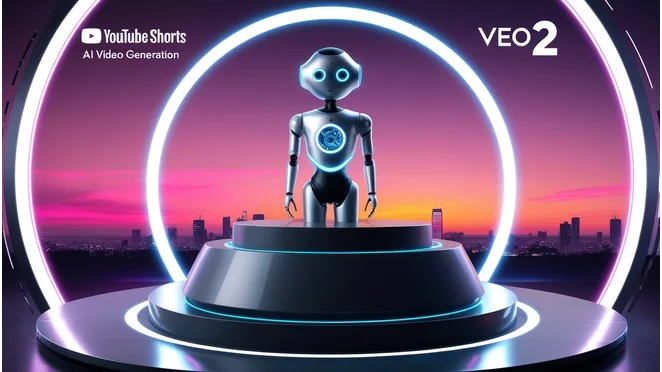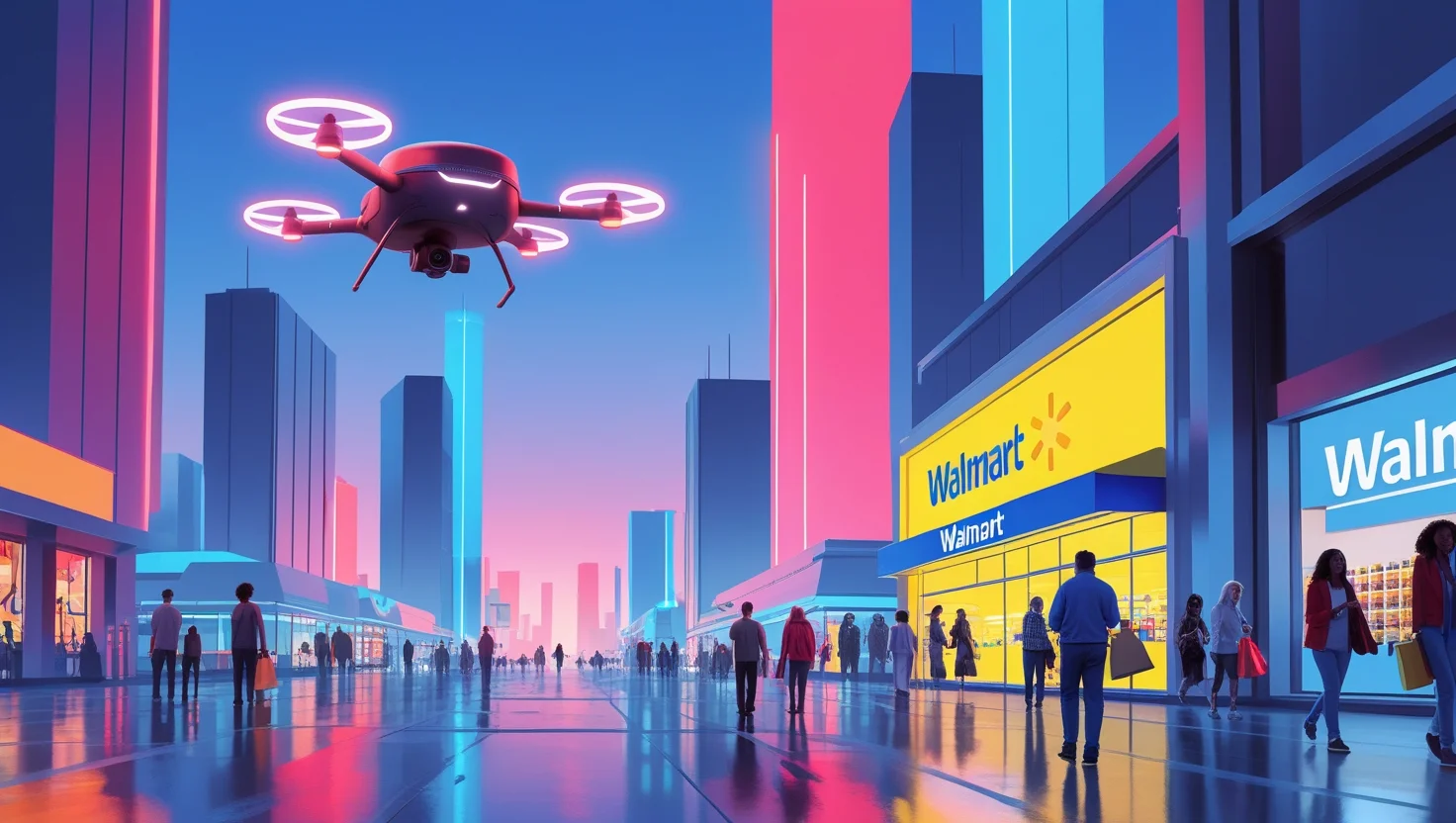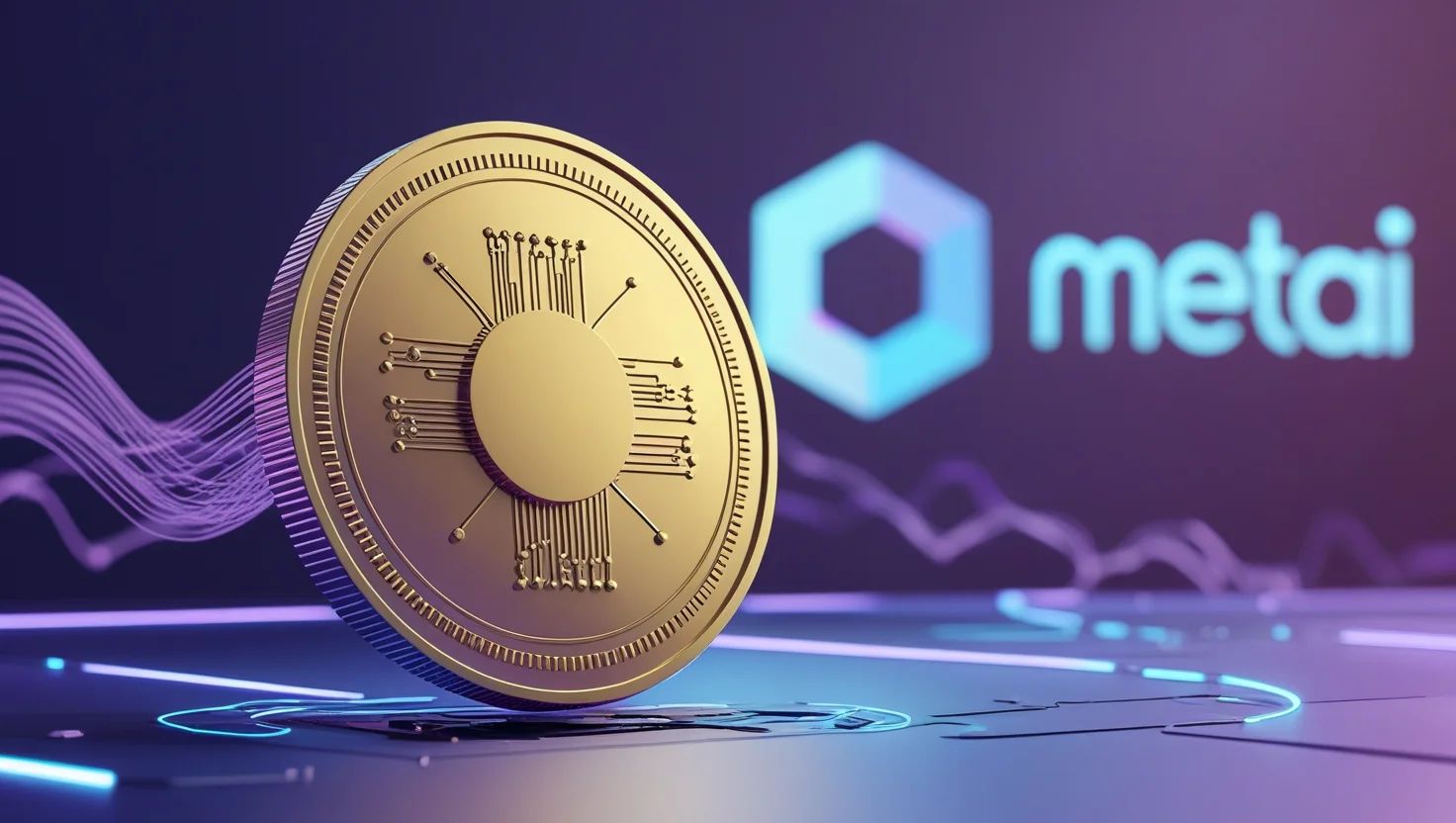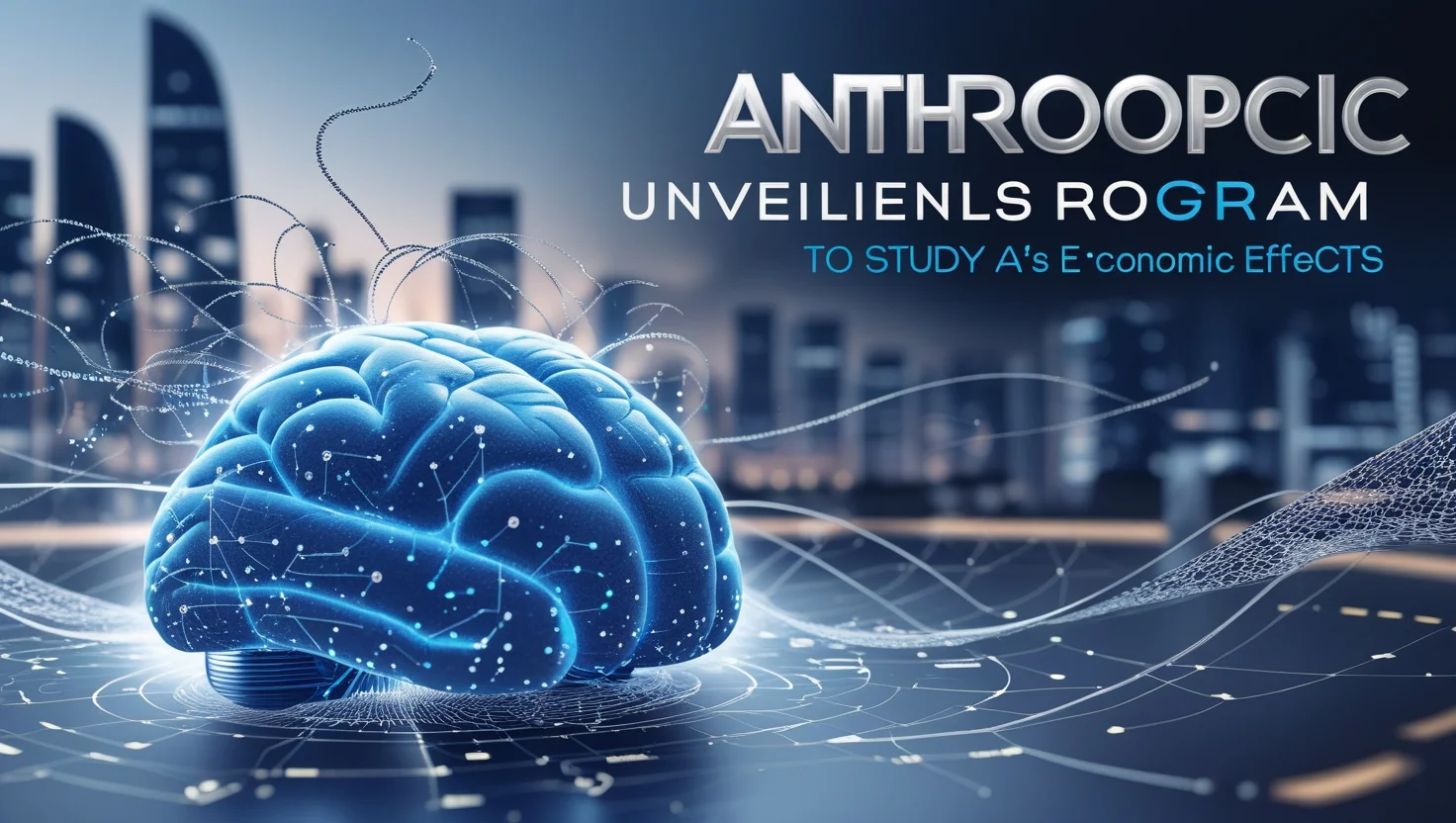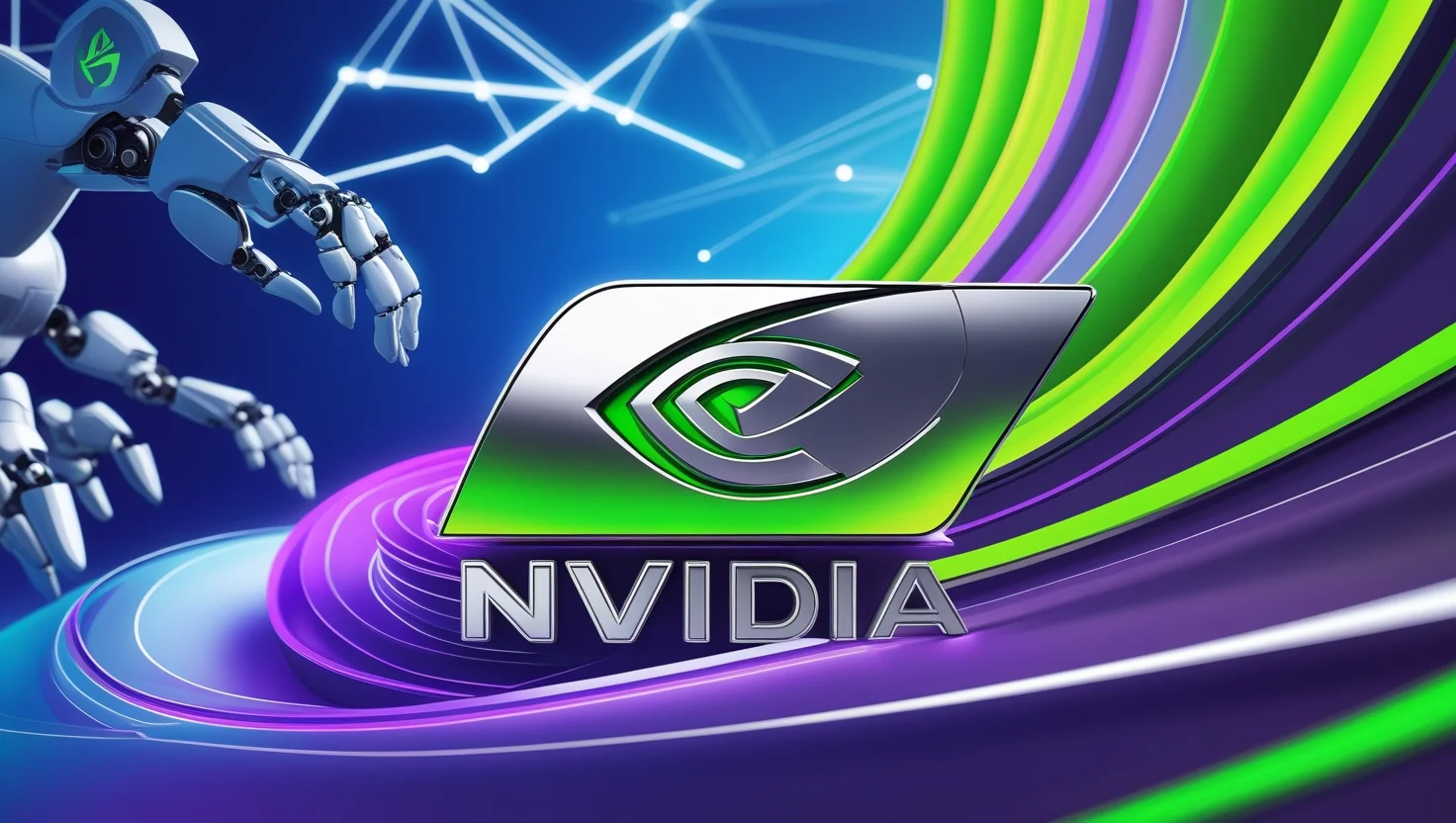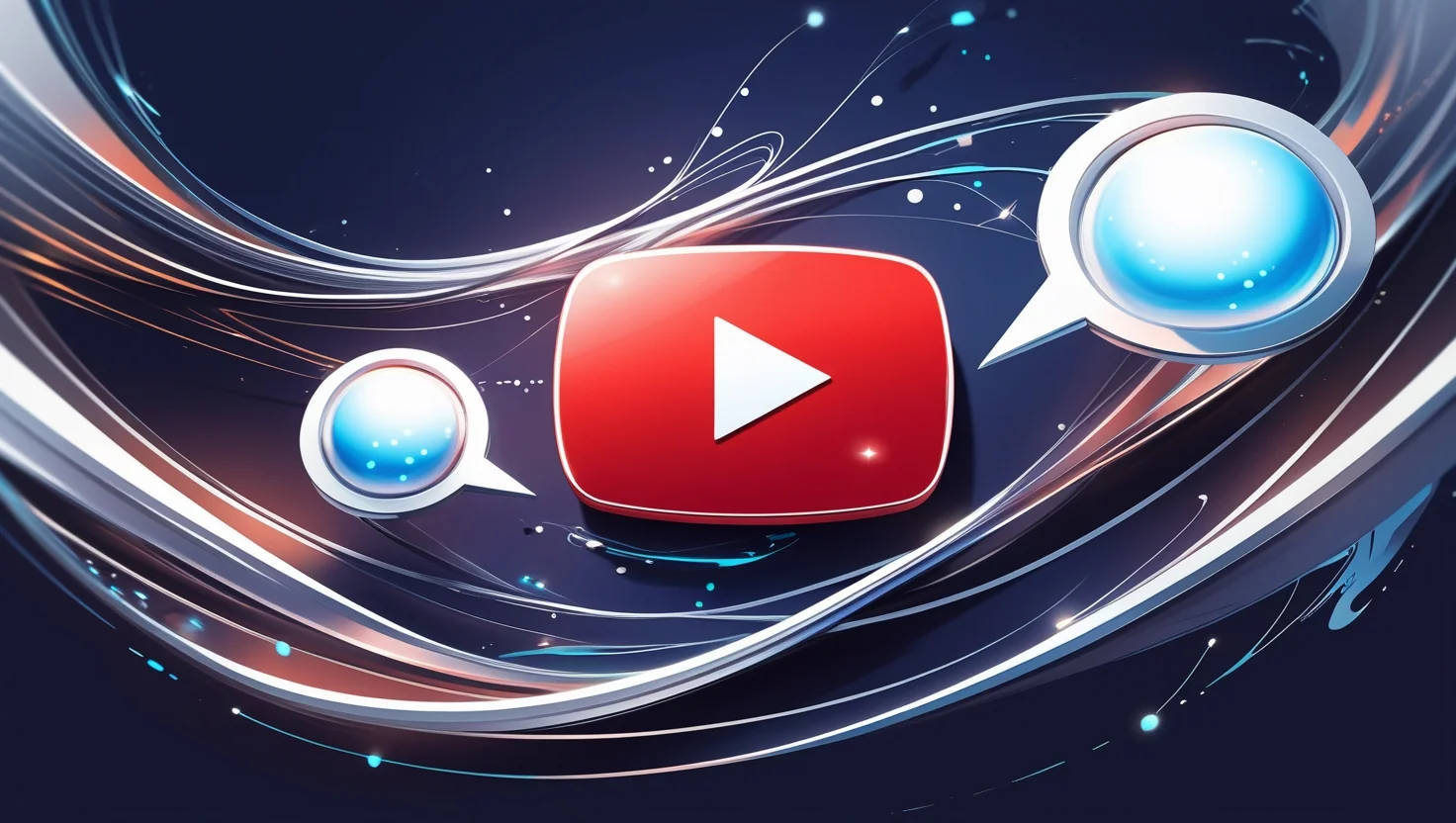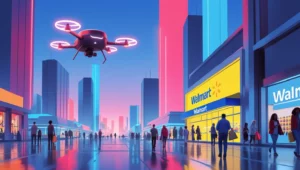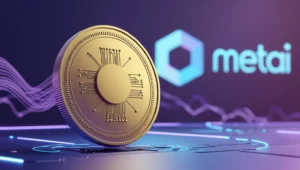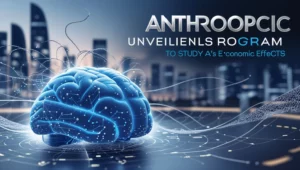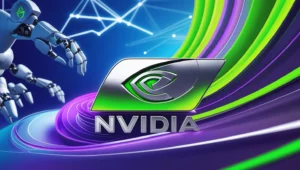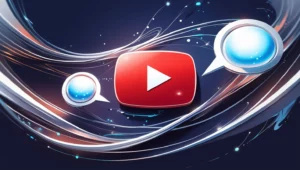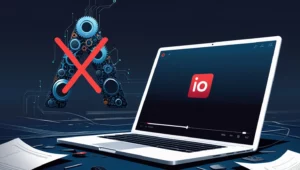YouTube Shorts is boosting its creative tools with the integration of Google DeepMind’s Veo 2, a cutting-edge video generation model. This new feature empowers creators to produce AI-generated video clips directly within the Shorts platform, opening up exciting possibilities for content creation. Veo 2 is Google’s answer to OpenAI’s Sora, offering similar text-to-video capabilities. This builds upon YouTube’s existing AI background generation feature, Dream Screen, by now allowing entire video clips to be created from text prompts.
According to YouTube’s product director, Dina Berrada, Veo 2 represents a significant advancement in AI video generation. It possesses a deeper understanding of real-world physics and human motion, resulting in more detailed and realistic video outputs. Creators can even specify stylistic elements, lens effects, and cinematic techniques, making Dream Screen a versatile and user-friendly tool for self-expression.
The platform is emphasizing transparency by using DeepMind’s SynthID tool to watermark and identify AI-generated content. Furthermore, these videos will be clearly labeled as AI-created, though the potential for misleading viewers with synthetic content remains a concern.
Creating AI videos with Veo 2 in YouTube Shorts is a straightforward process. Creators simply open the Shorts camera, select the Green Screen option, and then navigate to Dream Screen. From there, they can enter a text prompt to generate the desired video clip.
This feature is launching initially on Thursday for creators in the United States, Canada, Australia, and New Zealand, with plans for broader availability in the future. This integration of Veo 2 into YouTube Shorts signifies a major step in the evolution of AI-powered content creation, offering creators a powerful new tool to bring their visions to life. The ease of use and the enhanced realism of Veo 2’s output are expected to significantly impact the landscape of short-form video content.
